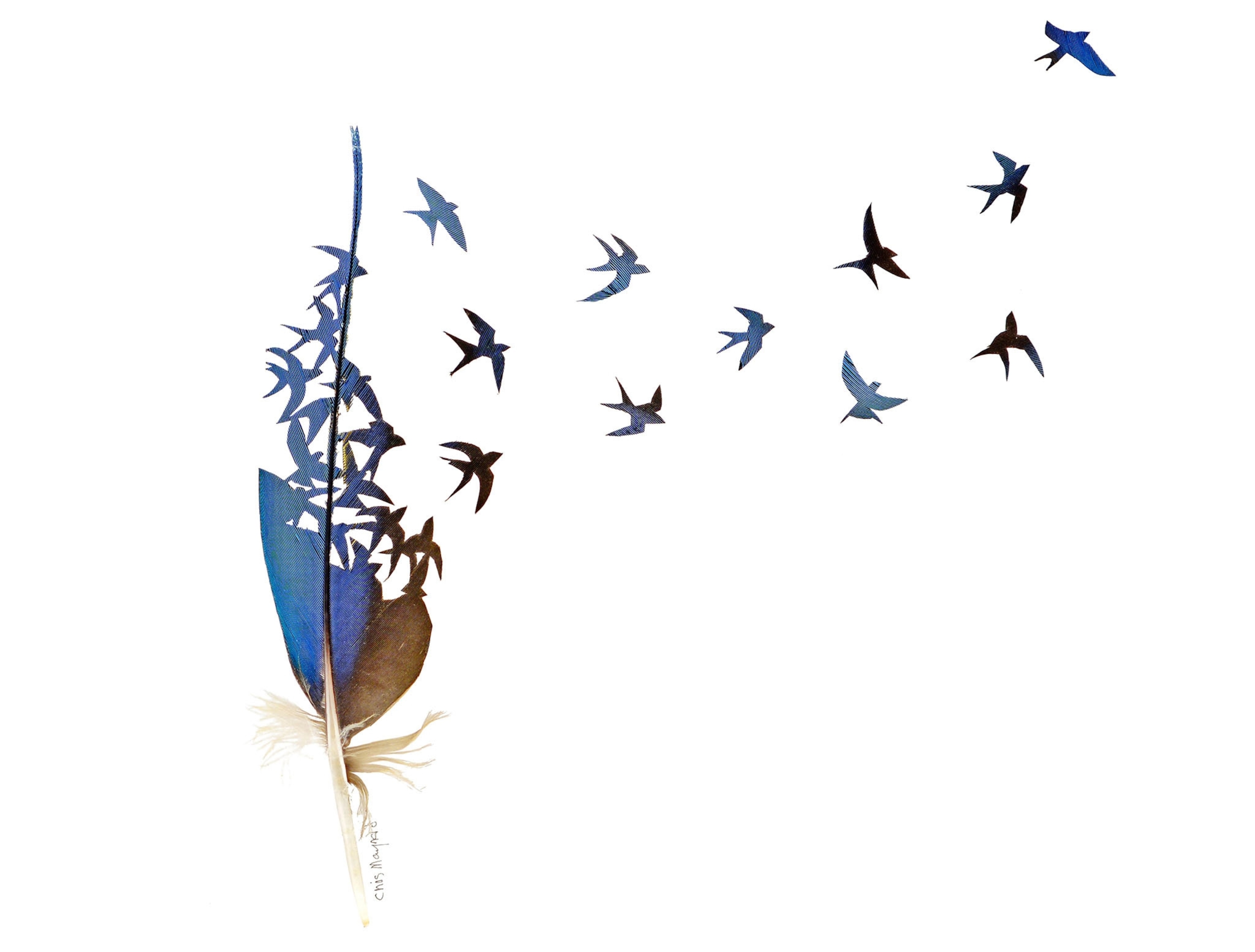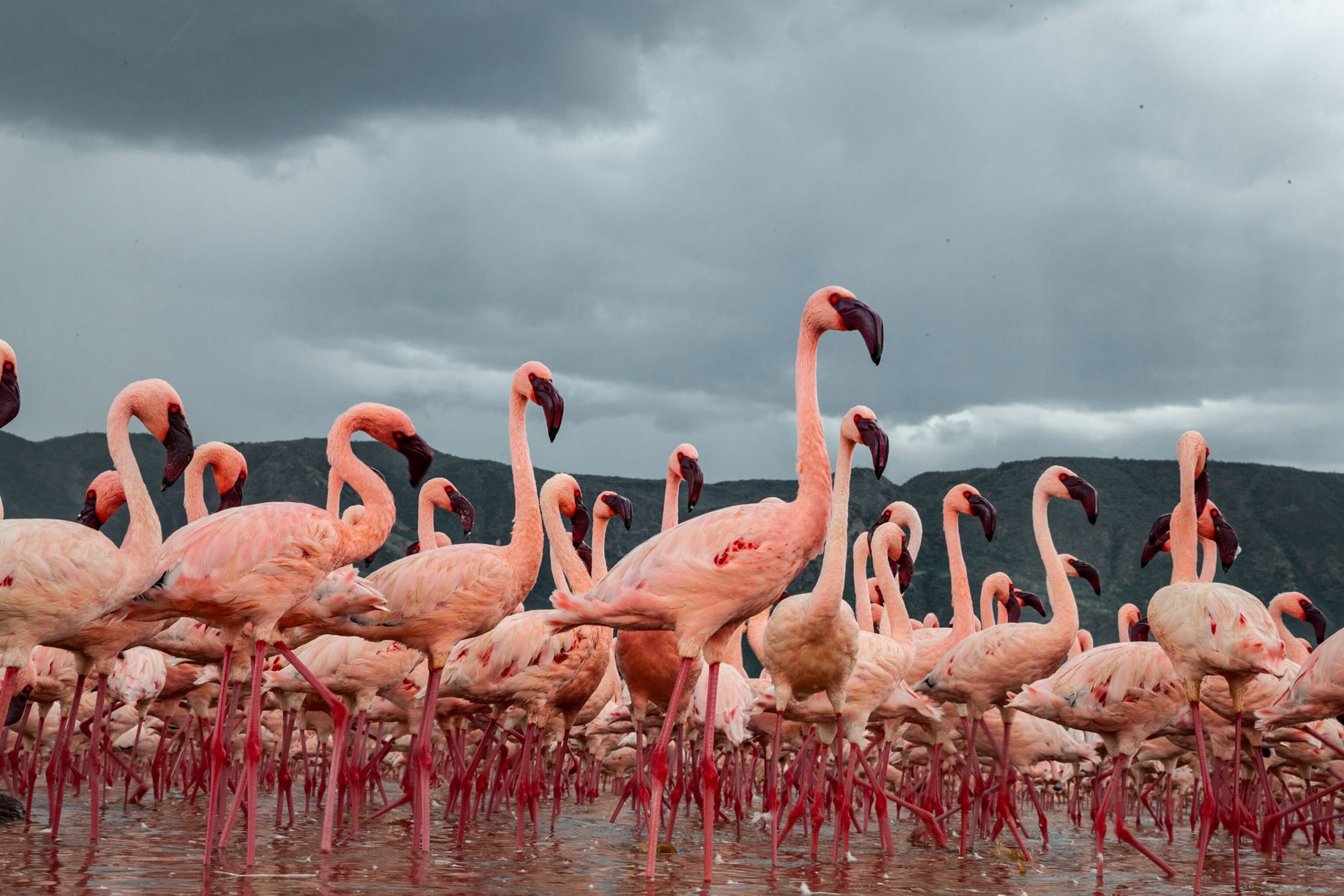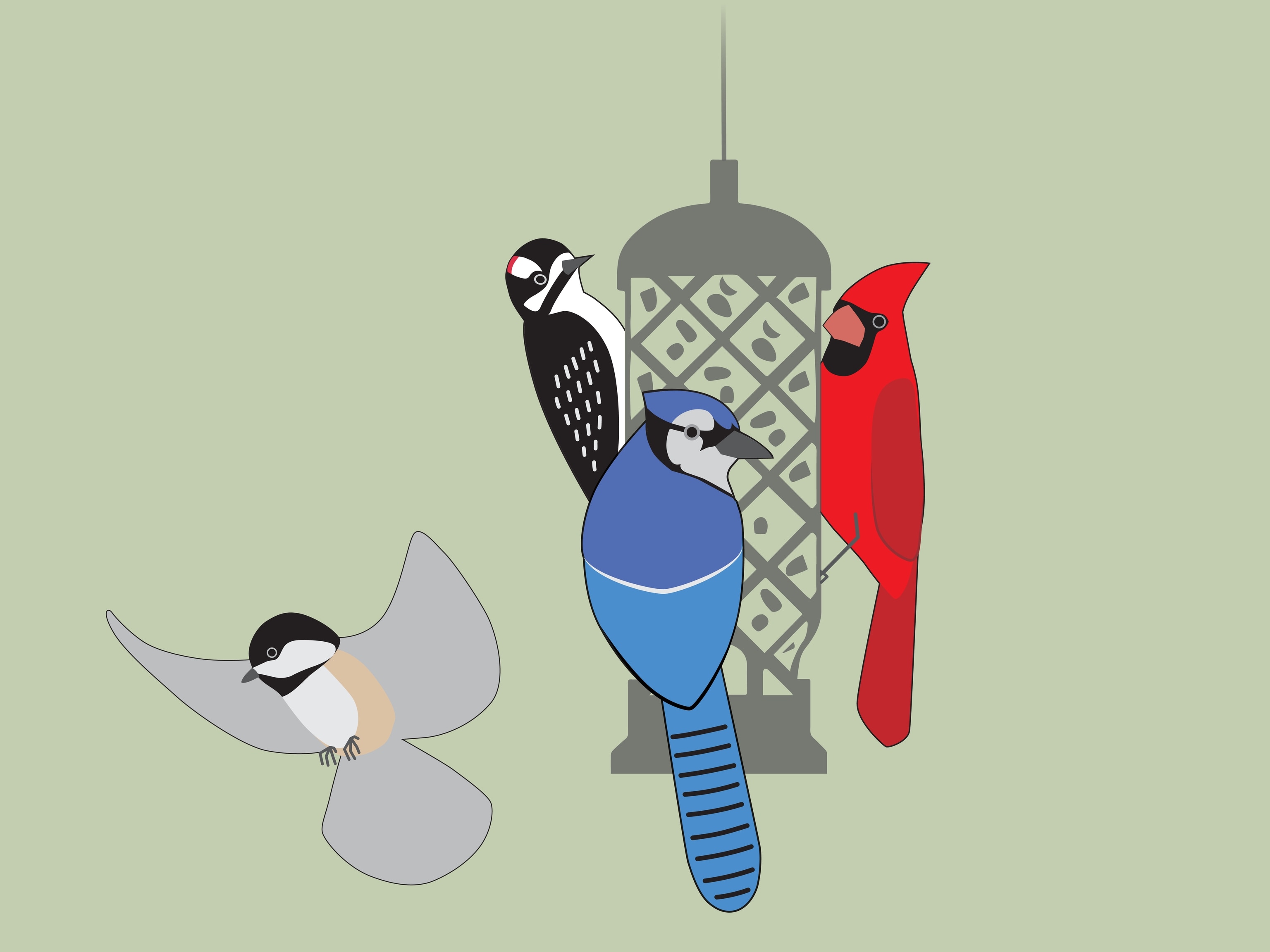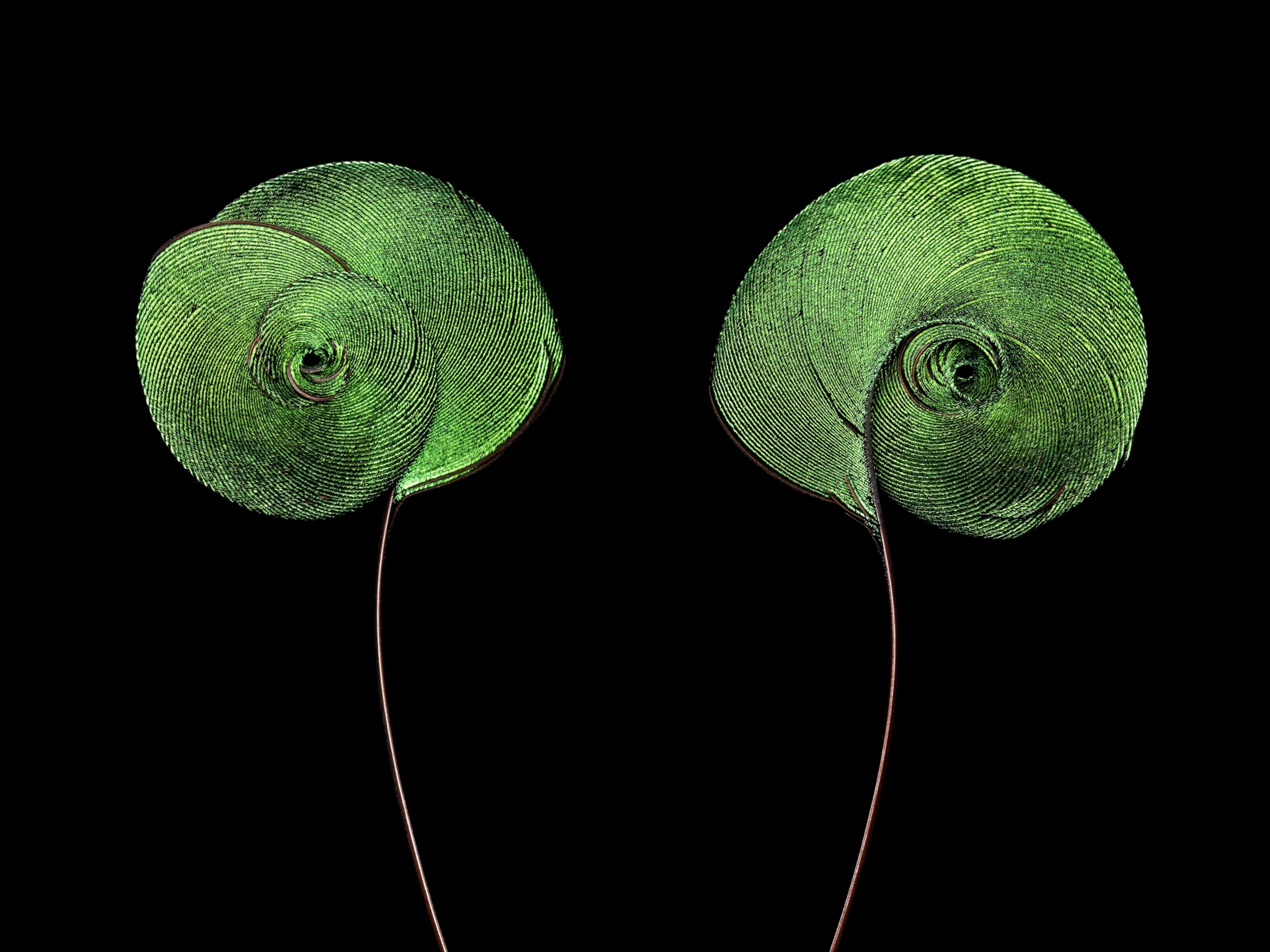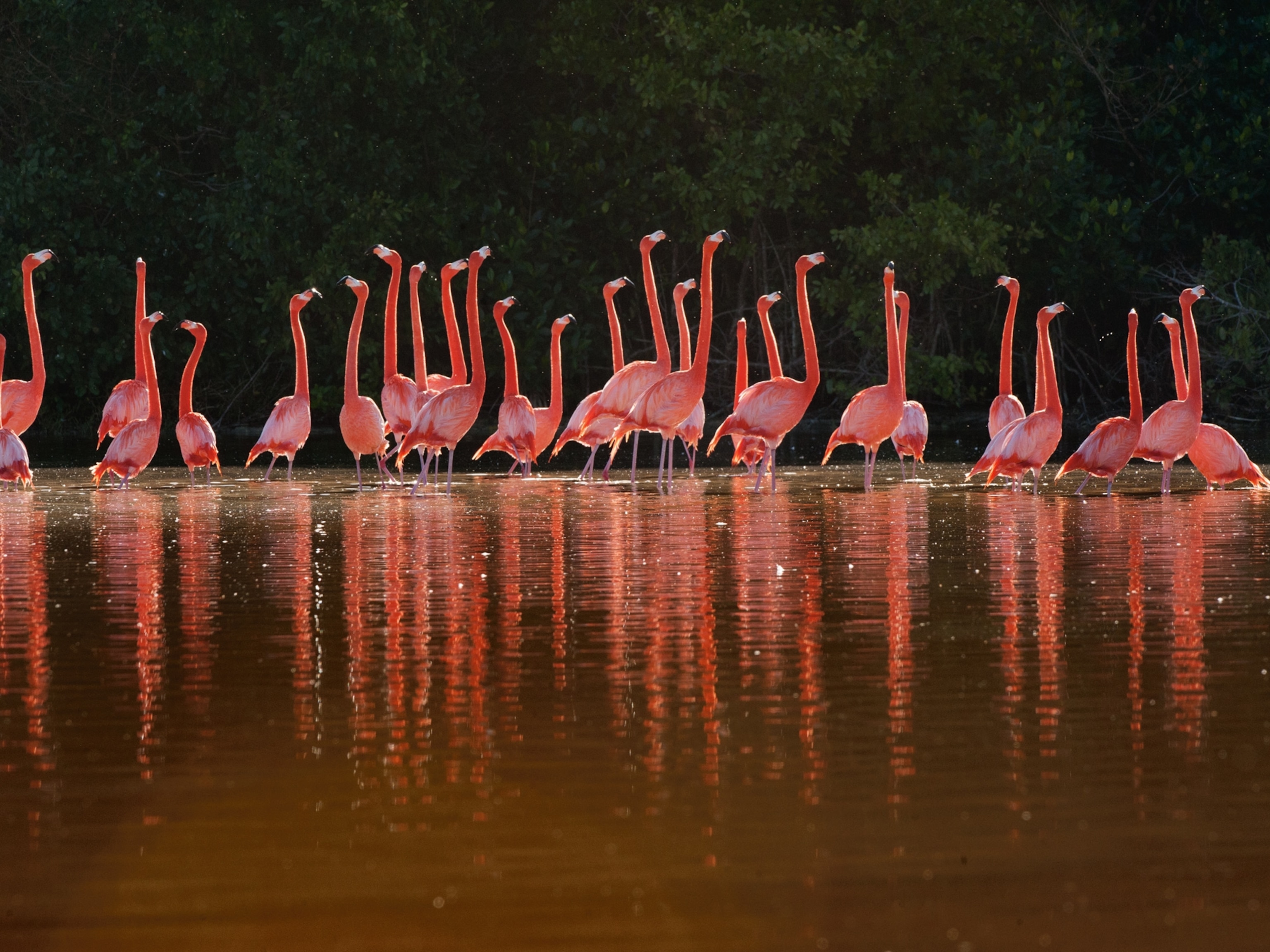A 2017 study published in the journal BioScience confirmed what avid birders already know: bird watching boosts mental health. Use this list as inspiration to enjoy the benefits of observing winged creatures—while at home and on future travels.
Birds of a feather
In Northern Kenya’s Rift Valley, Lake Bogoria looks pretty in pink from the flamingos—sometimes tens of thousands of them—drawn to the alkaline and algae-rich waters. Other birds that gather at the lake, part of a national reserve, include African spoonbills, white pelicans, and goliath herons. But the visual spectacle isn’t limited to the birds; geothermal activity along the western shore produces hot springs and active geysers that add to the drama.
Sculpture with a scheme
This spring in Lausanne, Switzerland, a 59-foot-tall bird feeder is promoting the reintroduction of mistletoe into urban settings where plants and birdlife have diminished. Named Park of Eternal Love and designed by Swiss architecture firm Comte/Meuwly, the slender structure features a mistletoe ball that attracts avian visitors. The birds snack on the white berries and then scatter the seeds across the city.

One bizarre bird
Flying isn’t the forte of the hoatzin, a leaf-eating bird with a penchant for belching. As chicks, they can avoid predators by swimming underwater and climbing vegetation with their unusual claw-equipped wings. The adults spend most of their time perched on low-hanging branches near rivers, lakes, or streams. South America is where to see—and smell—this so-called “stink bird,” in places like Peru’s Manú National Park.

Getting the backstory
Did you know that crows are able to recognize individual human faces? In What It’s Like to Be a Bird (Sibley Guides, April 2020), artist and naturalist David Allen Sibley delves into the attributes of more than 200 commonly seen species. Not just for experienced birders, the large-format book focuses on backyard visitors, from cardinals and chickadees to blue jays and robins, with fun facts about their behaviors and full-color illustrations that are often life-size.

Flights of fancy
Fine art takes flight in the signature shadow box creations of river hydrologist turned feather artist Chris Maynard. Using ethically sourced feathers (most are naturally molted) and tools like eye-surgery scissors, forceps, and magnifying glasses, Maynard painstakingly arranges scenes celebrating birds. See his work in rotating displays at Childhood’s End Gallery in Olympia, Washington, and online.
